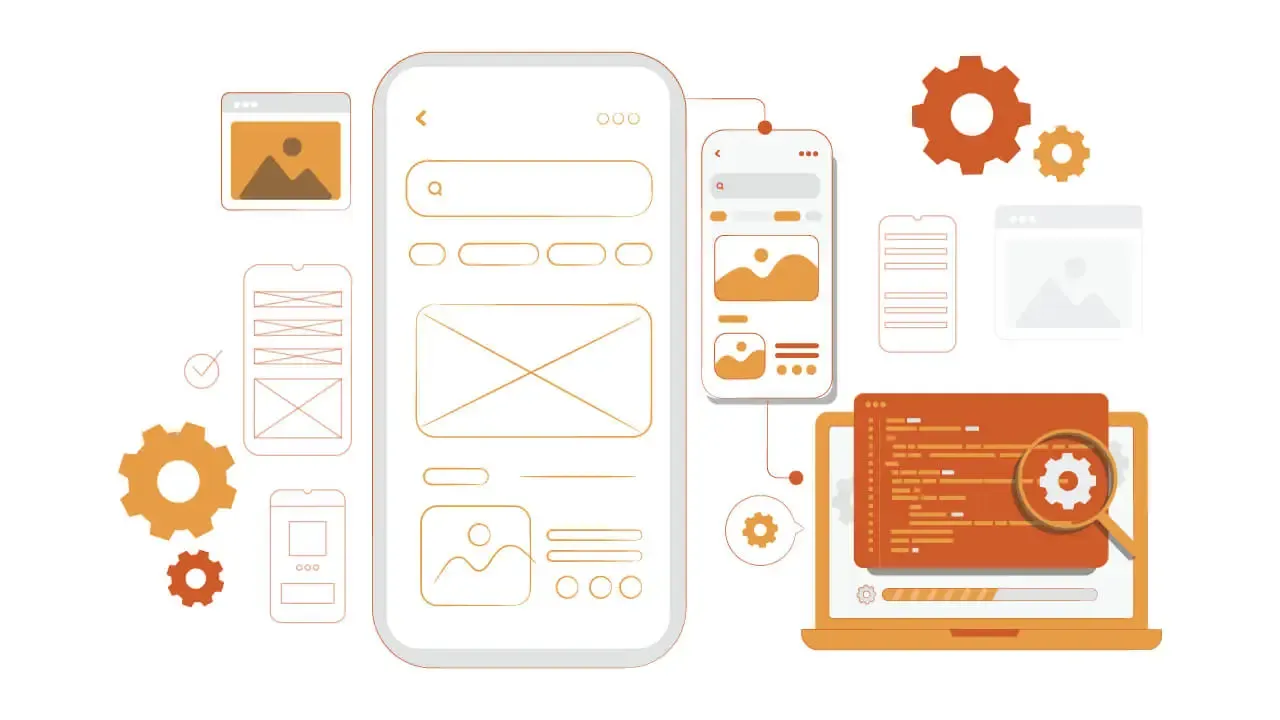
Unlocking Better User Experiences: Usability Testing Techniques
Mary Onuorah
QA Engineer || Automation || Playwright || Web3 || Mentor || Speaker || I help businesses/companies deploy quality and reliable products.
Dear Quality Questers,
I hope this edition of Quality Quest finds you well and thriving on your journey to excellence in software quality.
Today, we are diving into a critical area that directly impacts user satisfaction and the overall success of any software product, Usability Testing. This often-overlooked aspect of quality assurance is the key to unlocking seamless user experiences and building products that resonate with your end-users.
Let’s explore the various techniques of usability testing and how they can help improve the user experience (UX) of your software products.
What is Usability Testing?
Usability Testing is a method used to evaluate how easy and efficient it is for users to interact with a product. It focuses on user-centered design by measuring how well real users can complete tasks within your software and identifying areas for improvement. Unlike functional testing, which ensures the software works as expected, usability testing examines whether it works for the user.
Why is Usability Testing Important?
The user experience can make or break a software product. No matter how feature-rich or technically sound an application may be, if users struggle to navigate or understand it, they are likely to abandon it.
Some of the key benefits of usability testing include:
Usability Testing Techniques
To help ensure your product meets the highest UX standards, several usability testing techniques can be employed.
Let’s break down the most effective ones:
1. Moderated Usability Testing
In this method, a facilitator guides participants as they interact with the software. The facilitator may ask questions, observe user behavior, and provide prompts as needed. It’s highly interactive and provides qualitative insights into user behavior. It is best for Early-stage prototypes, detailed feedback collection.
Tools Used: Zoom, Skype, or any remote screen-sharing tools.
2. Unmoderated Usability Testing
Unmoderated testing allows users to perform tasks at their own pace without a facilitator’s involvement. This method scales better for large user bases and captures natural user behavior since the participants are not influenced by external factors. This is usually best for Later stages of development and large-scale testing.
Tools Used: UserTesting, Lookback, Maze.
3. A/B Testing
A/B testing involves comparing two versions of a user interface to see which one performs better. Users are randomly assigned to either version A or version B, and their performance and satisfaction are measured. Best for optimizing specific UI elements, and understanding user preferences.
Tools Used: Google Optimize, Optimizely.
领英推荐
4. Card Sorting
This technique helps design teams understand how users categorize and label content. Participants are given a set of items and asked to group them logically. Card sorting helps in creating a more intuitive navigation and information architecture. This is best for Improving the organization of content and navigation structures.
Tools Used: OptimalSort, xSort.
5. Eye Tracking
Eye-tracking involves using sensors to monitor where and how long a user focuses on different parts of the screen. It reveals how users visually interact with your software and identifies which areas capture attention or cause confusion. It is best for Optimizing visual hierarch and reducing cognitive load.
Tools Used: Tobii, iMotions.
6. Surveys and Questionnaires
Collecting user feedback through surveys allows you to gather insights from a broad range of users. These can be open-ended or include rating scales to measure satisfaction or ease of use. Best for Gathering post-use feedback, and identifying user perceptions.
Tools Used: Google Forms, SurveyMonkey.
Metrics for Usability Testing
When conducting usability testing, it's essential to track the right metrics.
Here are a few crucial ones:
Conducting Usability Testing
To maximize the benefits of usability testing, here are a few best practices to follow:
Conclusion
Usability testing is more than a validation step; it’s a strategic approach to ensure your product resonates with users, solves their problems, and offers a delightful experience. In today's highly competitive market, a superior user experience is non-negotiable.
By mastering usability testing techniques, you’ll not only enhance your product’s usability but also increase customer satisfaction and loyalty.
At Quality Quest, we’re dedicated to helping you excel in every aspect of software quality, and usability testing is a crucial piece of that puzzle. As you continue your journey, remember that understanding your users' needs is key to building solutions that truly make an impact.
software Quality Assurance Engr.
1 个月Thanks for sharing
Software QA Enthusiast || Committed To Delivering High-Quality Products. Aspiring Quality Assurance Engineer || Passionate About Software Testing And Quality Improvement.
1 个月This piece is worth the time. Thank you for sharing Mary Onuorah
SQA Management | Test Architect | Manual & Automated Testing | Mentor | Teacher | Agile | Scrum | User Stories | Product Development | Healthcare | Audits | HIPAA | FHIR | SureScripts |
1 个月Great ?? Informative and worth reading ??